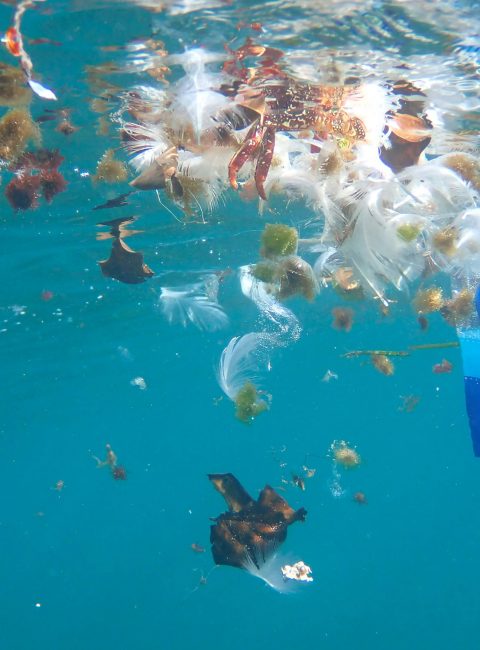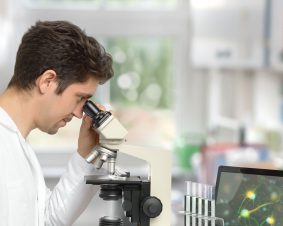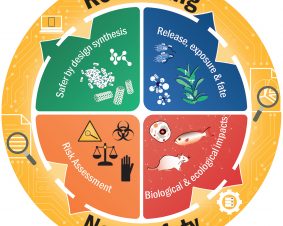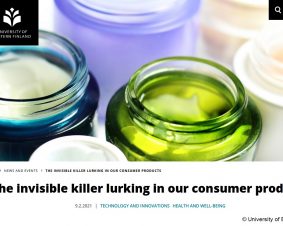 >
Spotlight July: Plastic Pollution and the Urgent Need for Comprehensive Action
>
Spotlight July: Plastic Pollution and the Urgent Need for Comprehensive Action
Plastic pollution has become a significant threat to the oceans, biodiversity, and ecosystems worldwide. Despite efforts to reduce plastic consumption, escalating plastic production continues to increase the magnitude of plastic pollution in the environment. In response to this crisis, the UN-Environmental Assembly (Link) adopted a resolution in March 2022 to develop a legally binding treaty to address global plastic pollution. However, the resolution falls short in addressing toxicity risks associated with plastics.
The article by Alva et al. proposes categorizing plastics as Persistent, Bioaccumulative, and Toxic (PBT) pollutants, considering their long-range transport and harmful effects on the environment. By applying the PBT framework, governments can control or eliminate the manufacture and use of harmful plastics. The article provides scientific evidence supporting the PBT criteria, highlighting the persistence, bioaccumulation potential, and toxicity of plastics. The adverse effects caused by plastic particles are attributed to both physical characteristics and chemicals leaching from the plastic. Chemicals added during production, as well as pollutants sorbed from the environment, contribute to the toxicity.
The adoption of the PBT framework is crucial to mitigate micro- and nanoplastic pollution, reinforcing the UNEA-Treaty and promoting global plastic governance. Urgent policy decisions, along with regulatory enforcement, are needed to cap and reduce plastic production and implement sustainable end-of-life solutions. Equitable interventions and equal access to pollution prevention strategies are vital to address the inequality gap and promote environmental justice in plastic pollution management.
Original Publikation:
Alava, J J et al. (2023). A Call to Include Plastics in the Global Environment in the Class of Persistent, Bioaccumulative, and Toxic (PBT) Pollutants. Environ. Sci. Technol. 2023, 57, 22, 8185–8188.

Weitere Spotlights
Spotlight July 2022: New definition on nanomaterials published
The European Union has published a new definition for nanomaterials as of June 2022. It is recommended that this be used as a basis for future legislation. The new documents can be found on the EC website. In the new “nanodefinition”, the essential components such as the origin or the size range of the particles […]
Read moreSpotlight January 2023: Special issue on Methods and Protocols in Nanotoxicology published
In the first Spotlight of the new year, we present a special issue on methods and protocols in nanotoxicology published in the journal Frontiers in Toxicology. There are still too few harmonized protocols accepted by the scientific community. To improve this situation, project activities are started and special issues of journals like this one are […]
Read moreSpotlight Juli 2020: “Nanosafety – More than just regulatory processes”
Nanosafety is more than just a compulsory aspect of nanomaterials research and regulation. This research area also has great potential to drive new innovations. It is exactly this perspective that is addressed in the special issue “Rethinking Nanosafety: Harnessing Progress and Driving Innovation” by Chen et al. 2020. The article illustrates that especially in the field of […]
Read moreSpotlight April 2021: Nanomaterials and Fake News – a commentary based on an example
In February 2021, the article “The invisible killer lurking in our consumer products” appeared, describing nanoparticles as a greater danger than Corona [1]. “The use of nanomaterials” would be “unregulated” and “nanomaterials are so small that they cannot be determined once they are part of a product”. So what is the truth of these statements? […]
Read more


